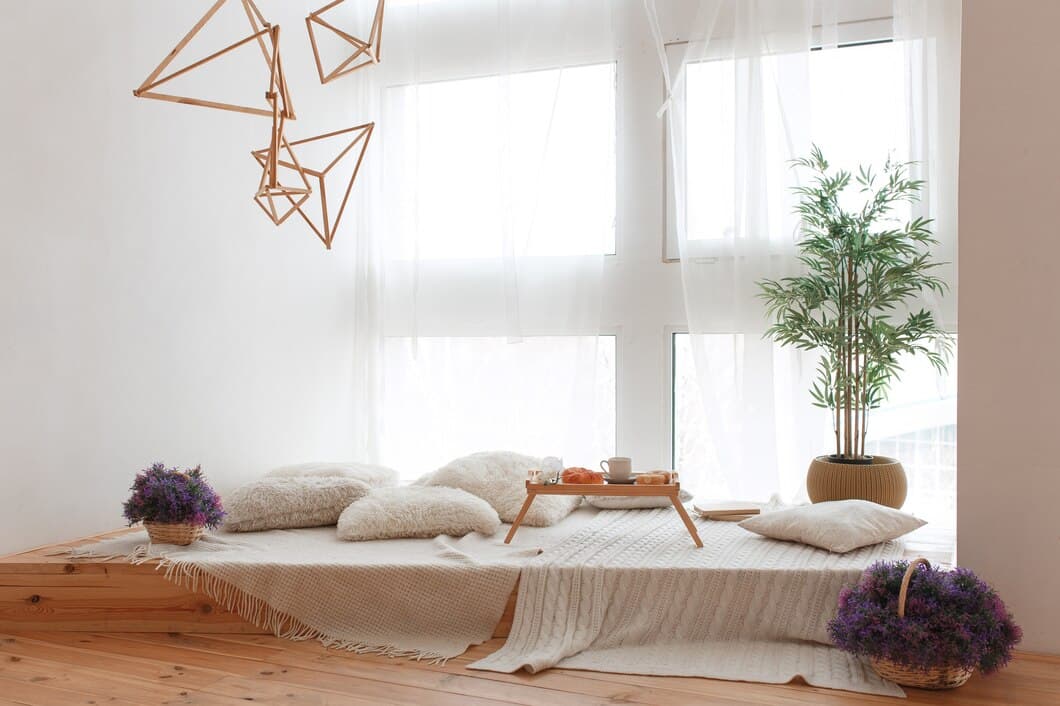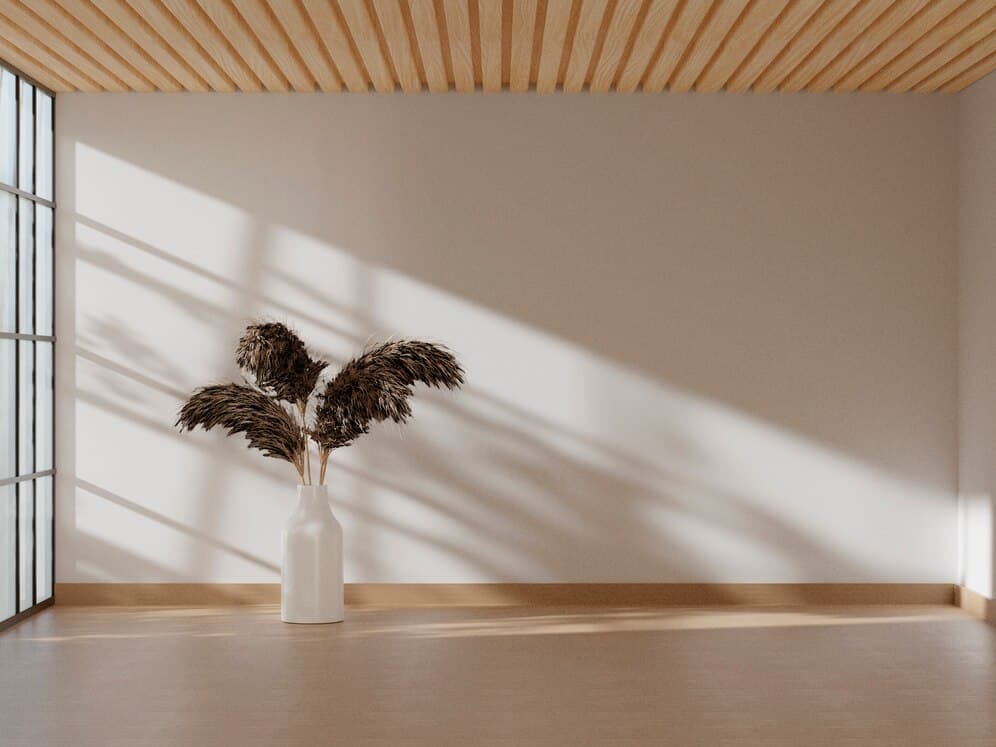Maximising Natural Light: Design Strategies for Bright, Airy Spaces
Creating bright and airy interiors by maximising natural light is an increasingly sought-after goal in modern design. Natural light not only enhances the aesthetic appeal of a space but also promotes well-being, reduces energy costs, and contributes to a more sustainable living environment. This article explores innovative strategies to effectively harness and enhance natural light in your home, ensuring your living spaces are both inviting and energy-efficient.
Understanding the Importance of Natural Light
Natural light plays a crucial role in shaping the atmosphere of a room. It brings warmth, enhances colours, and creates an inviting ambiance that artificial lighting often struggles to replicate. Beyond aesthetics, exposure to natural light has been scientifically proven to improve mood, boost productivity, and regulate sleep patterns by supporting our circadian rhythms.
From an environmental perspective, maximising natural light can lead to significant energy savings. By reducing the reliance on artificial lighting during the day, homeowners can lower their electricity bills and decrease their carbon footprint.
However, achieving an optimal balance of natural light requires thoughtful planning and design. It’s not just about having large windows; it’s about how you position them, how you control the light, and how you integrate it with other elements in your home.
Strategic Window Placement and Design
One of the most effective ways to maximise natural light is through strategic window placement and design. The orientation and size of windows significantly impact the amount and quality of light that enters a room.
- Orientation and Positioning: The orientation of your home and the placement of windows play a crucial role in determining how much natural light you receive throughout the day. South-facing windows, in particular, capture the most sunlight in the Northern Hemisphere, making them ideal for living rooms, kitchens, and other spaces where you spend the most time during the day. East-facing windows bring in soft morning light, which is perfect for bedrooms, while west-facing windows capture warm afternoon and evening light, ideal for dining areas.
- Window Size and Shape: Large windows, especially floor-to-ceiling designs, allow maximum light penetration, creating a sense of openness and connection to the outdoors. However, even smaller windows can be effective if they are strategically placed. High windows, or clerestory windows, can draw in light from above while maintaining privacy and providing wall space for furniture or artwork.
- Skylights and Roof Windows: Skylights and roof windows are excellent solutions for introducing natural light into spaces that are otherwise challenging to illuminate, such as bathrooms, hallways, or attic rooms. They not only bring in light but also provide ventilation and a unique architectural element.
Enhancing Light with Reflective Surfaces and Colour Choices
The way light interacts with surfaces and colours in your home can either amplify or diminish its effect. Strategic use of reflective surfaces and carefully chosen colours can enhance the brightness and airiness of your spaces.
- Reflective Surfaces: Incorporating reflective surfaces, such as mirrors, glass, and glossy finishes, can significantly boost the natural light in a room. Mirrors, in particular, are a powerful tool; when placed opposite windows, they can bounce light around the room, making it feel larger and brighter. Similarly, glass-topped furniture, metallic accents, and glossy wall finishes can help distribute light evenly throughout a space.
- Colour Palette: Choosing the right colour palette is essential for maximising the effect of natural light. Light colours, especially whites, creams, and soft pastels, reflect more light than darker shades, making a room feel more spacious and airy. However, it’s important to balance this with warmth, as overly stark spaces can feel cold and uninviting. Introducing warm undertones or accent colours can create a harmonious and welcoming environment.
Managing Light Control and Privacy

While natural light is beneficial, there are times when you might need to control the amount of light entering your home. Balancing light control with privacy considerations is key to creating comfortable living spaces.
- Window Treatments: Opt for sheer or translucent window treatments that allow light to filter through while maintaining privacy. Venetian blinds, light-filtering roller shades, or sheer curtains are excellent choices for achieving this balance. For spaces that require more privacy, such as bedrooms or bathrooms, consider dual-layered treatments that offer both light-filtering and blackout options.
- Landscaping Considerations: Outdoor elements, such as trees, shrubs, or trellises, can also impact the amount of natural light entering your home. While greenery can provide shade and cooling, it’s essential to ensure it doesn’t block too much light. Pruning trees or opting for landscaping that allows filtered light to pass through can help maintain a bright interior while still benefiting from the outdoors.
Integrating Artificial Lighting with Natural Light
Finally, a well-designed lighting plan integrates both natural and artificial lighting to create a cohesive and adaptable environment. Even in homes with abundant natural light, artificial lighting is necessary to maintain brightness during evenings or cloudy days.
- Layered Lighting: Consider a layered approach to lighting, combining ambient, task, and accent lighting to complement natural light. For example, recessed ceiling lights or track lighting can provide general illumination, while table lamps or pendant lights offer focused light for specific tasks. Accent lighting, such as wall sconces or under-cabinet lights, can highlight architectural features or artwork, enhancing the overall design.
- Dimmable Fixtures: Installing dimmable light fixtures allows you to adjust the light levels to complement the natural light throughout the day. This flexibility not only enhances comfort but also contributes to energy efficiency by reducing the need for full brightness at all times.
Incorporating these strategies into your home design can transform your living spaces into bright, airy environments that not only look beautiful but also promote well-being and energy efficiency. By thoughtfully considering window placement, surface reflection, colour choices, and light control, you can maximise the benefits of natural light, creating a home that feels both spacious and inviting.

Leave a Reply